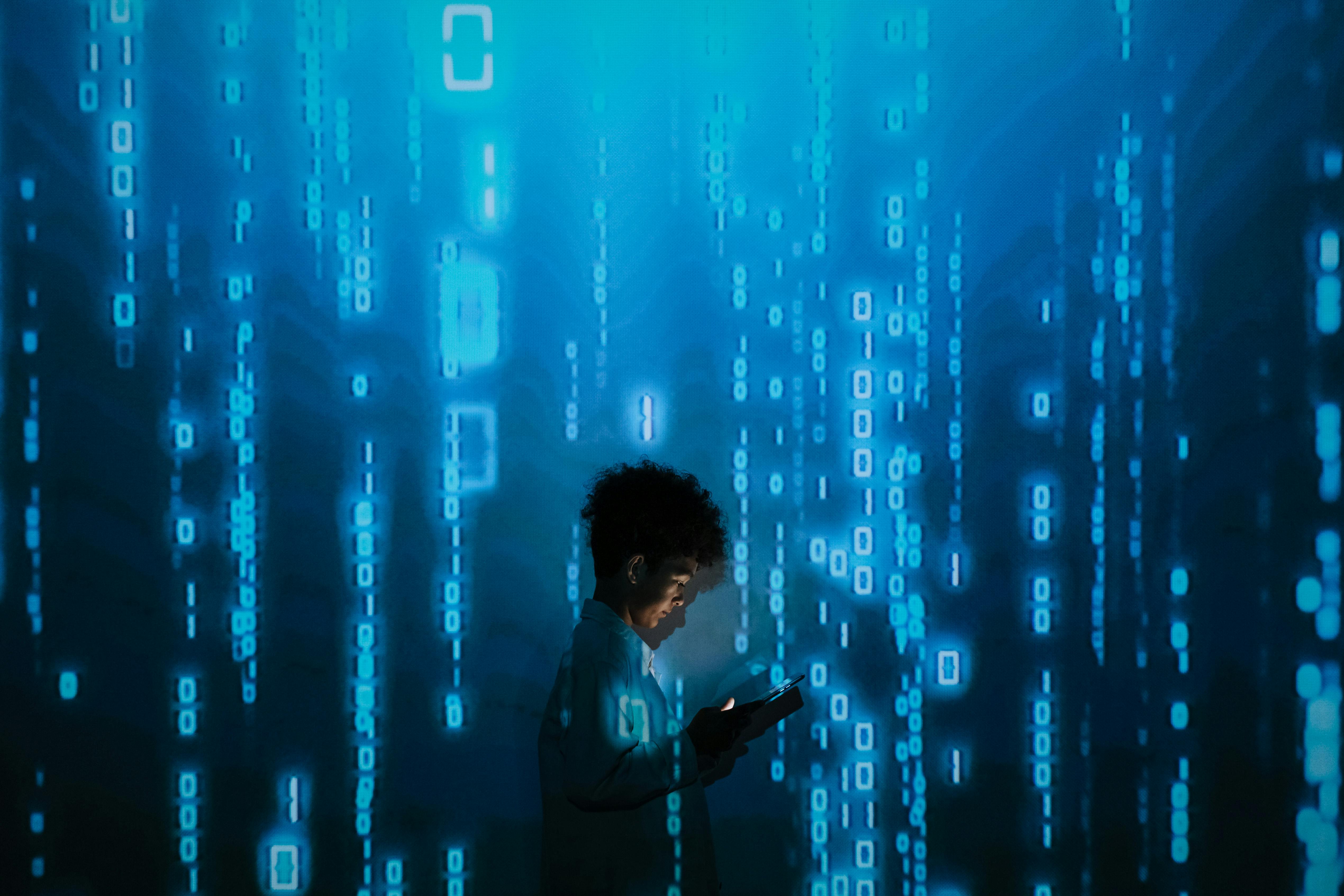
Similar to how educators have been thrown into the fire that is using AI for teaching and learning, students have been, too. Beyond nurturing interest in using ChatGPT and other AI chatbots for personal and academic needs, most students have not had formal education on AI.
While some schools have started to introduce AI literacy requirements, it is not something that is widespread. Moreover, students (and teachers) need to understand not only what AI is and how it functions, but also how it impacts many facets of our society, and its potential for harm.
In this article, we share free lessons and resources that you can incorporate into lessons for students about using AI.
AI Overview
For an overall understanding of AI, Code.org has a wonderful set of resources, including lessons that are aligned with computer science standards as well as concise-but-clear videos that break down related topics. The instructional videos are under the “How AI Works” program and explore topics on machine learning, training and data bias, neutral networks, computer vision, chatbots, and large language models. Learning materials are connected to the videos that can be used in lessons.
1. AI Responsible and Ethical Use
While Code.org briefly highlights biases that are inherent in AI, it is important to intentionally expand on AI responsible and ethical use from a tech justice lens. The Kapor Center offers a free Responsible AI and Tech Justice Guide for K-12 education. The guide is organized into six core components with the aim of building students’ capacity to explore the impacts and implications of AI technologies on society, be aware of personal usage of AI, and examine the AI creation ecosystem, among other goals. The comprehensive guide is packed with lessons, case studies, articles, and other resources.
2. Al Environmental Impacts
AI has major impacts on the environment, agriculture, water consumption, energy, and more, so there are developed lessons that you can use to teach students about these concerns. You can also build a focus on sustainability and taking personal actions to mitigate some of AI’s carbon footprint. Partially funded by the National Science Foundation (NSF), this Environmental Impact of AI Lesson, which is under a Creative Common license, can be used. It features a vocabulary review, an interactive activity, and a planning guide as well as a section on teacher modifications that include teacher-made resources aligned with the lesson.
Similarly, the Share My Lesson community created by the American Federation of Teachers (AFT) offers “AI’s Environmental Impact: The Growing Strain on Power Grids and Local Communities.” This resource includes video, defined key terms, discussion questions, extension content, and suggested deliverables.
3. AI Misinformation
The News Literacy Project offers Checkology, a free virtual platform with a curriculum to develop students’ ability to confirm when information is from credible sources, understand what a credible source is and where to locate one, and to use critical thinking to assess the credibility of content. The Checkology platform has a host of resources and interactive activities for students to engage in while learning about misinformation. It also has an evaluation center for teachers to track student progress and a help center for support. The lessons within the platform are aligned with myriad standards, including ISTE Student Standards, Next Generation Science Standards, Common Core ELA Standards, American Association of School Librarians Standards Framework for Learners, and the College, Career, and Civic Life (C3) Framework for Social Studies State Standards.
4. AI Deepfakes
AI for Education provides downloadable resources that include a classroom guide and discussion questions to use as you teach students about misinformation and AI deepfakes. The materials will help students understand what deepfakes are, the dangers of deepfakes, such as cyberbullying and misinformation, and techniques that are used to create deepfakes. It also offers real examples of deepfakes that feature popular artists and books, such as Katy Perry and Harry Potter.
Which Face is Real? also offers a game that you could play with students after they learn about deepfakes. In the game, two images appear (one AI-generated and one real image). The students then need to apply the skills they have learned on misinformation and deepfakes, and choose the one that is real. Which Face is Real? also has a Learn tab with information that can be shared with students as well.
We hope some of these resources are helpful as you prepare your students to understand and responsibly use AI. If you feel like you would like training yourself first, check out these 10 Free Certifications and Trainings for Educators.


